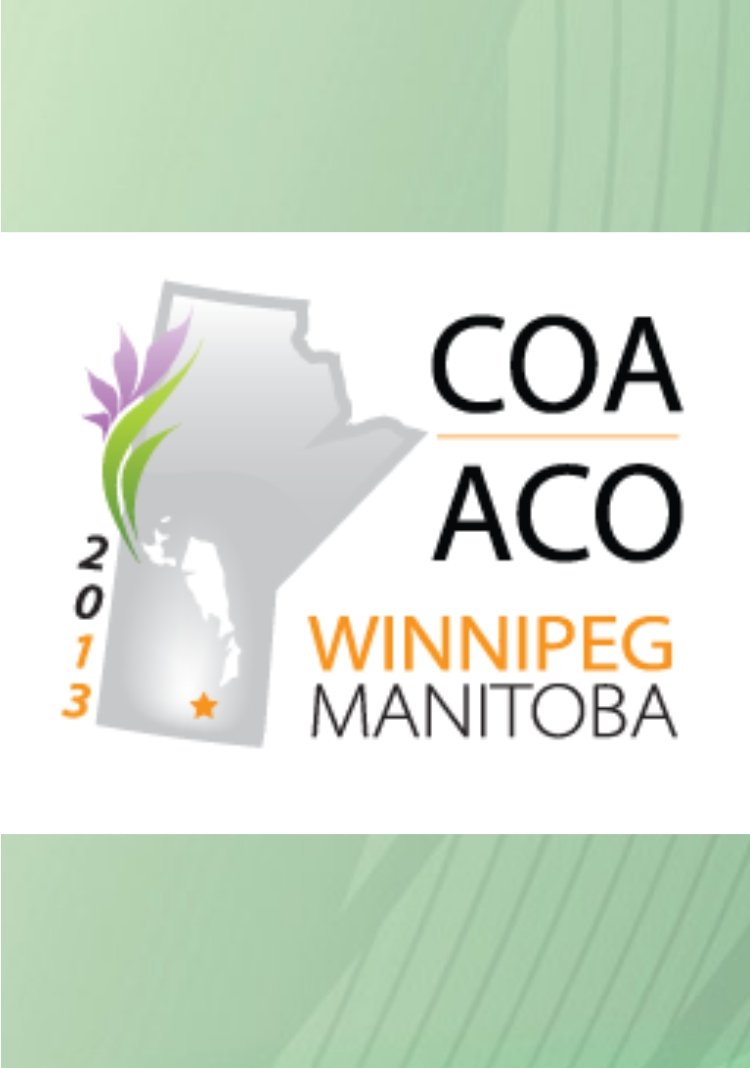
COA: Similar function and satisfaction between custom cutting block and standard TKR

COA: Similar function and satisfaction between custom cutting block and standard TKR
Feasibility and early outcomes of shape match versus conventional computer navigated total knee arthroplasty in a Canadian centre
CONFERENCE ACE REPORTS
This ACE Report is a summary of a conference presentation or abstract. The information provided has limited the ability to provide an accurate assessment of the risk of bias or the overall quality. Please interpret the results with caution as trials may be in progress and select results may have been presented.
Synopsis
42 patients undergoing cruciate-retaining cemented total knee replacement were randomized to compare the feasibility, patient satisfaction and functional outcomes between the OtisMed system of custom cutting blocks 3D reconstruction and standard computer navigation. 6 month results, measured by EQ-5D scores, Oxford Knee scores, satisfaction, pain, and range of motion, indicated no differences betw...
To view the full content, login to your account,
or start your 30-day FREE Trial today.
FREE TRIAL
LOGIN
Forgot Password?
Explore some of our unlocked ACE Reports below!

Learn about our AI Driven
High Impact Search Feature
Our AI driven High Impact metric calculates the impact an article will have by considering both the publishing journal and the content of the article itself. Built using the latest advances in natural language processing, OE High Impact predicts an article’s future number of citations better than impact factor alone.
Continue



 LOGIN
LOGIN

Join the Conversation
Please Login or Join to leave comments.